What is the Sorting System?
A sorting system organizes items or data according to specific criteria, enabling efficient retrieval and processing. In computing, it often involves algorithms like QuickSort, MergeSort, and BubbleSort, which arrange data in a particular order, such as ascending or descending.
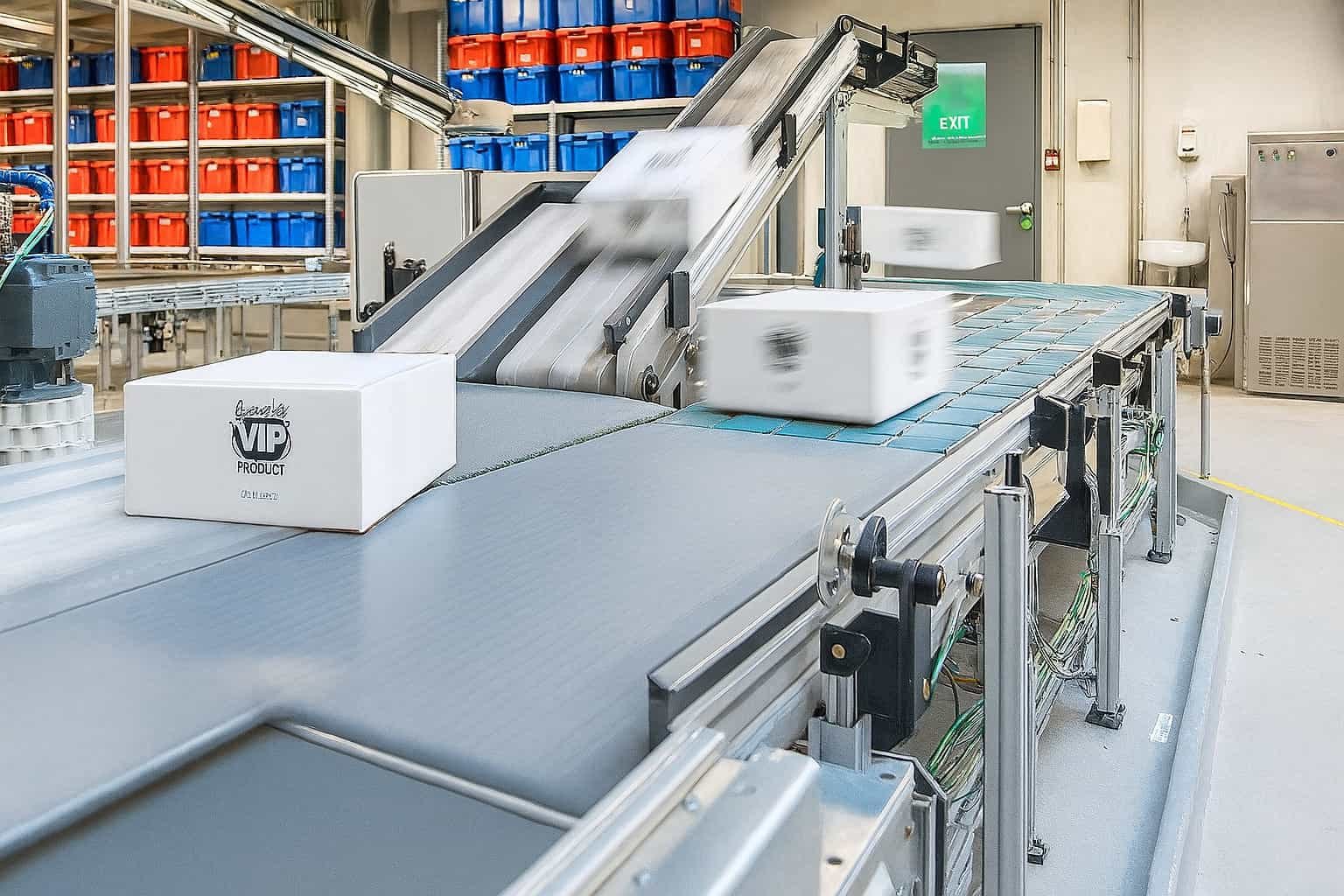
Key Functions of a Sorting System:
- Classification: Categorizes items based on attributes.
- Ordering: Arranges items sequentially.
- Efficiency: Enhances data retrieval speed.
Common Sorting Algorithms:
- QuickSort: Divides and conquers by partitioning arrays.
- MergeSort: Splits arrays into halves and merges sorted halves.
- BubbleSort: Repeatedly swaps adjacent items to sort.
Applications:
- Databases: Improves query performance.
- Search Engines: Enhances search result relevance.
- E-commerce: Sorts products by price, rating, etc.
A well-implemented sorting system is crucial for optimizing performance in various technological and business applications.
What are the types of sorting system?
There are several types of sorting systems used in various industries to organize items efficiently. The primary categories include manual sorting, automated sorting, and hybrid sorting systems. Each type has distinct features and applications.
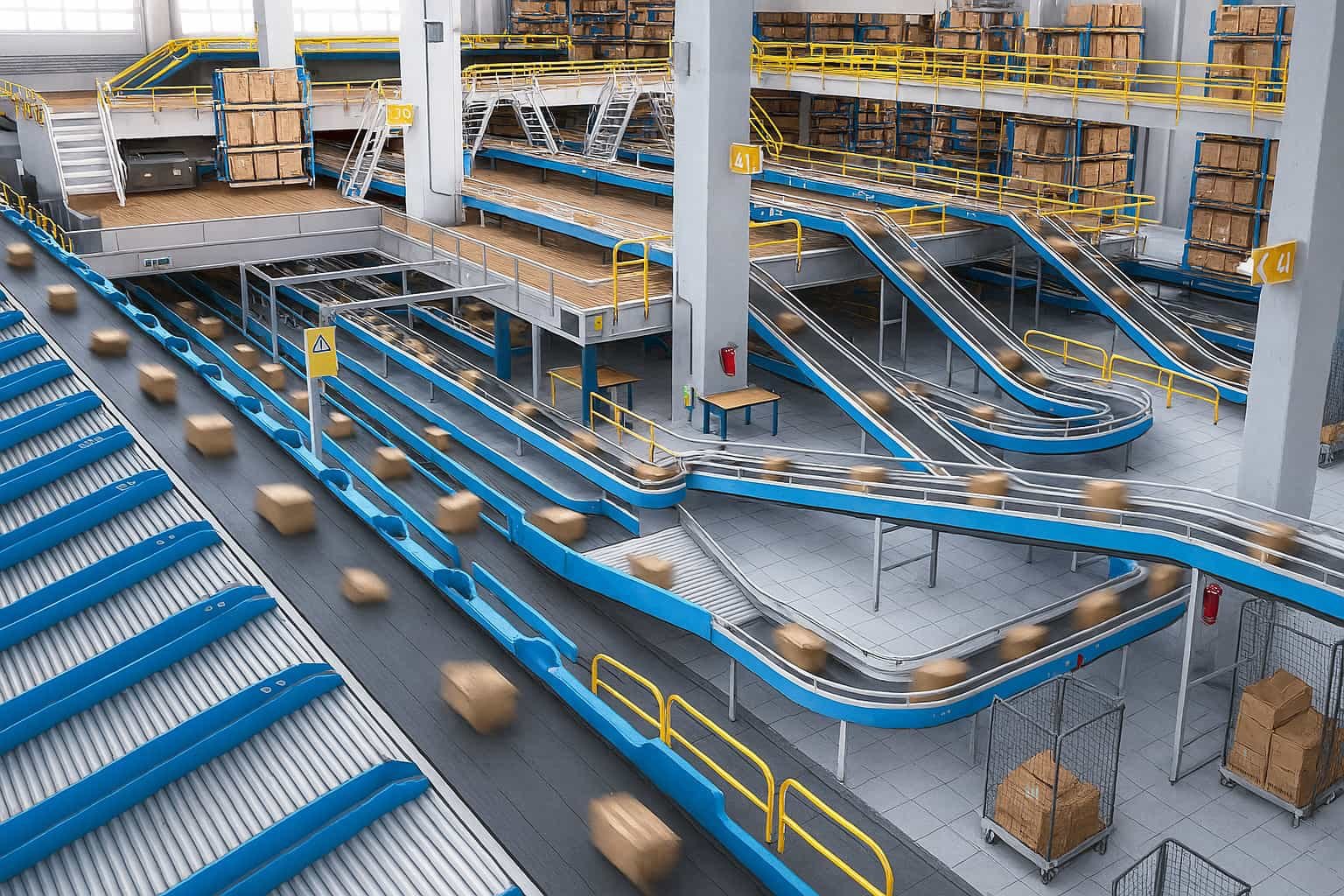
Manual Sorting
- Human-operated: Involves workers manually categorizing items.
- Flexibility: Suitable for small-scale operations with diverse items.
- Cost-effective: Lower initial investment compared to automated systems.
Automated Sorting
- Conveyor Systems: Items are moved and sorted using belts, rollers, or chutes.
- Optical Sorters: Use cameras and sensors to identify and sort items based on visual properties.
- Robotic Systems: Robots equipped with AI sort items autonomously.
Hybrid Sorting
- Combination Approach: Integrates both manual and automated processes.
- Scalability: Allows businesses to scale operations gradually.
- Efficiency: Balances the flexibility of manual sorting with the speed of automation.
In summary, choosing the right sorting system depends on the specific needs, scale, and budget of the operation.
How to Build a Sorting System
To build a sorting system, start with defining the criteria for sorting, select an appropriate sorting algorithm, and then implement it using a programming language like Python or Java. Test the system thoroughly to ensure it sorts data accurately and efficiently.
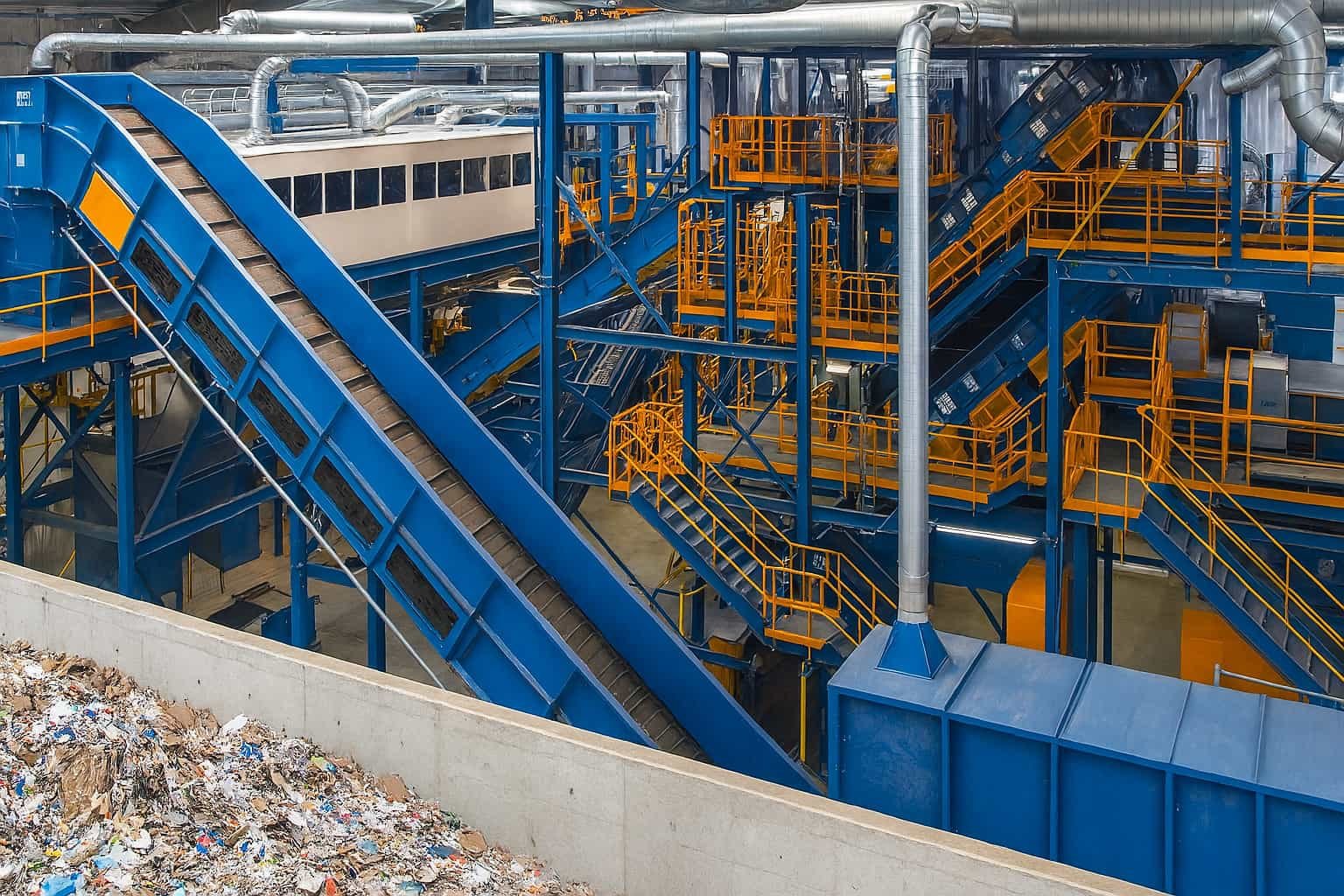
Steps to Build a Sorting System:
- Define Sorting Criteria: Determine the key parameters for sorting (e.g., numerical order, alphabetical order).
- Choose Sorting Algorithm: Select an algorithm such as QuickSort, MergeSort, or BubbleSort based on the complexity and data size.
- Implementation: Write the code in a programming language. For example, in Python, you can use built-in functions or write custom algorithms.
- Testing: Validate the sorting system with diverse datasets to ensure accuracy and performance.
- Optimization: Optimize the code for better performance if necessary, focusing on time and space complexity.
By following these steps, you can create an effective and efficient sorting system tailored to your specific needs.
What are the different types of sorting machines?
There are several types of sorting machines, each designed for specific sorting tasks. The main types include gravity-based, color sorters, weight sorters, and shape sorters. These machines are essential in various industries such as agriculture, recycling, and manufacturing.
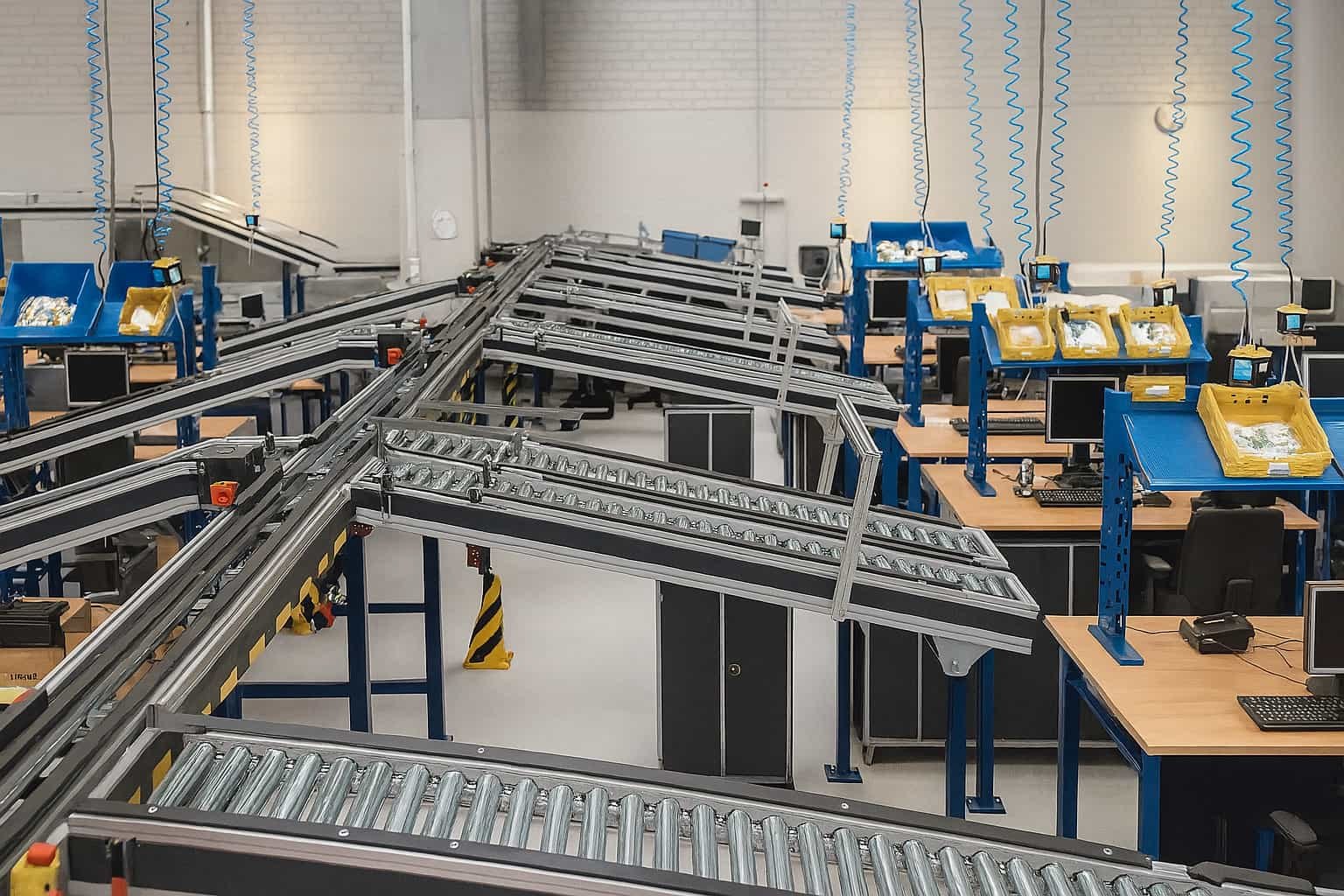
Gravity-Based Sorters
- Principle: Utilize gravity to separate items based on weight and size.
- Applications: Common in agriculture for sorting grains and seeds.
Color Sorters
- Principle: Use cameras and sensors to detect and separate items based on color.
- Applications: Widely used in the food industry to remove defective products.
Weight Sorters
- Principle: Measure the weight of items and sort them accordingly.
- Applications: Ideal for packaging and quality control in manufacturing.
Shape Sorters
- Principle: Employ mechanical or optical systems to differentiate items by shape.
- Applications: Used in recycling to separate materials like plastics and metals.
These machines improve efficiency and accuracy in sorting processes, making them indispensable in modern industrial operations.
How Does a Sorting System Work?
A sorting system organizes items based on predefined criteria, streamlining processes in various industries. It uses sensors, conveyors, and sorting mechanisms to identify, categorize, and direct items to their designated locations efficiently.
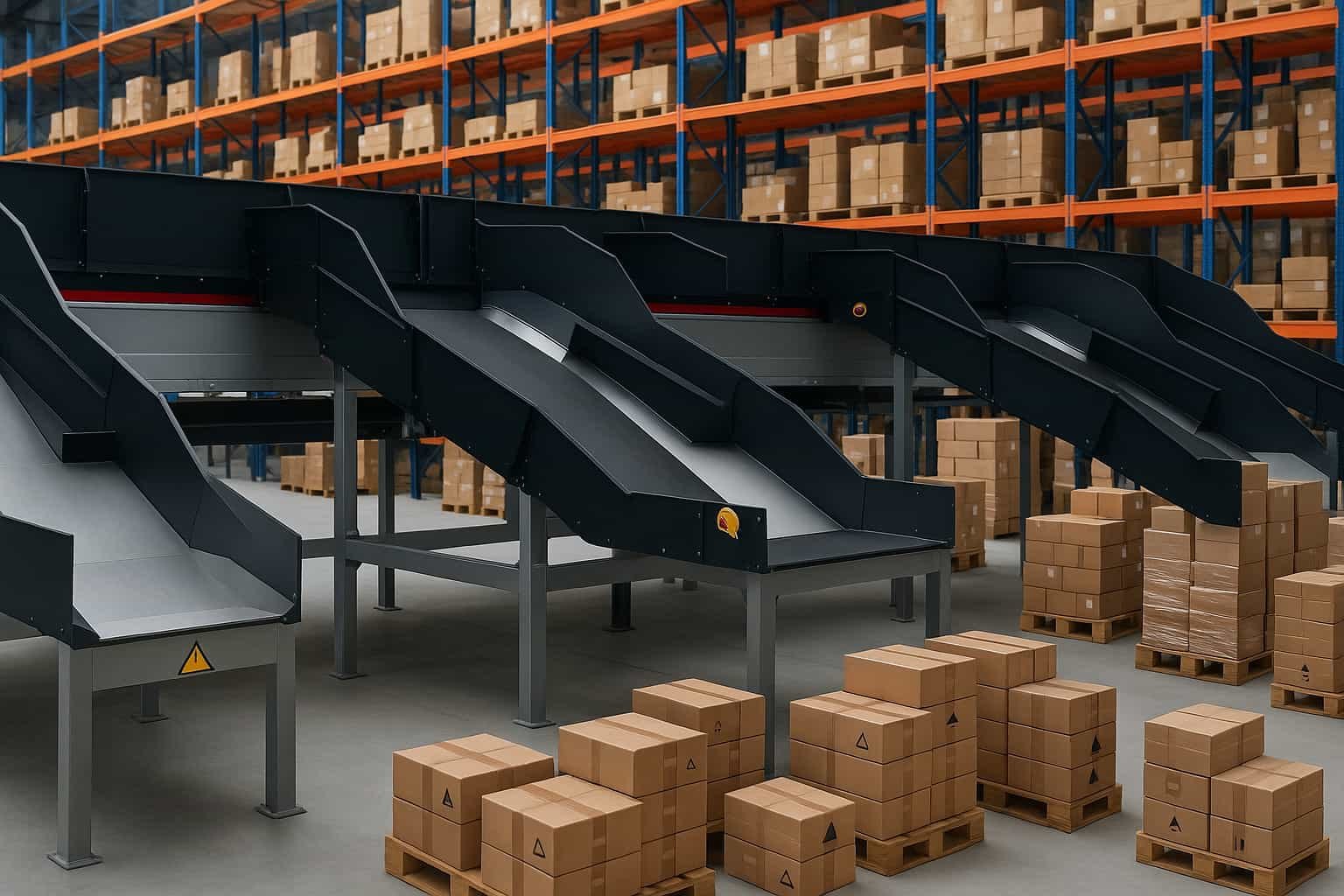
Key Components of a Sorting System:
- Sensors: Detect and identify items through barcodes, RFID tags, or visual recognition.
- Conveyors: Transport items to different sections of the sorting system.
- Sorting Mechanisms: Use physical diverters, robotic arms, or automated gates to direct items to their respective destinations.
Process Overview:
- Item Detection: Sensors scan and collect data about each item.
- Data Processing: The system analyzes data to determine sorting criteria.
- Item Routing: Items are directed to specific locations based on the sorting criteria.
By automating these steps, sorting systems enhance efficiency and accuracy in handling large volumes of items.
How to Choose A Warehouse Sorting System Based on Throughput
To choose a warehouse sorting system based on throughput, first assess your warehouse’s current and future volume of goods. Identify your peak throughput requirements, then match these needs to a sorting system capable of handling the highest demand efficiently.
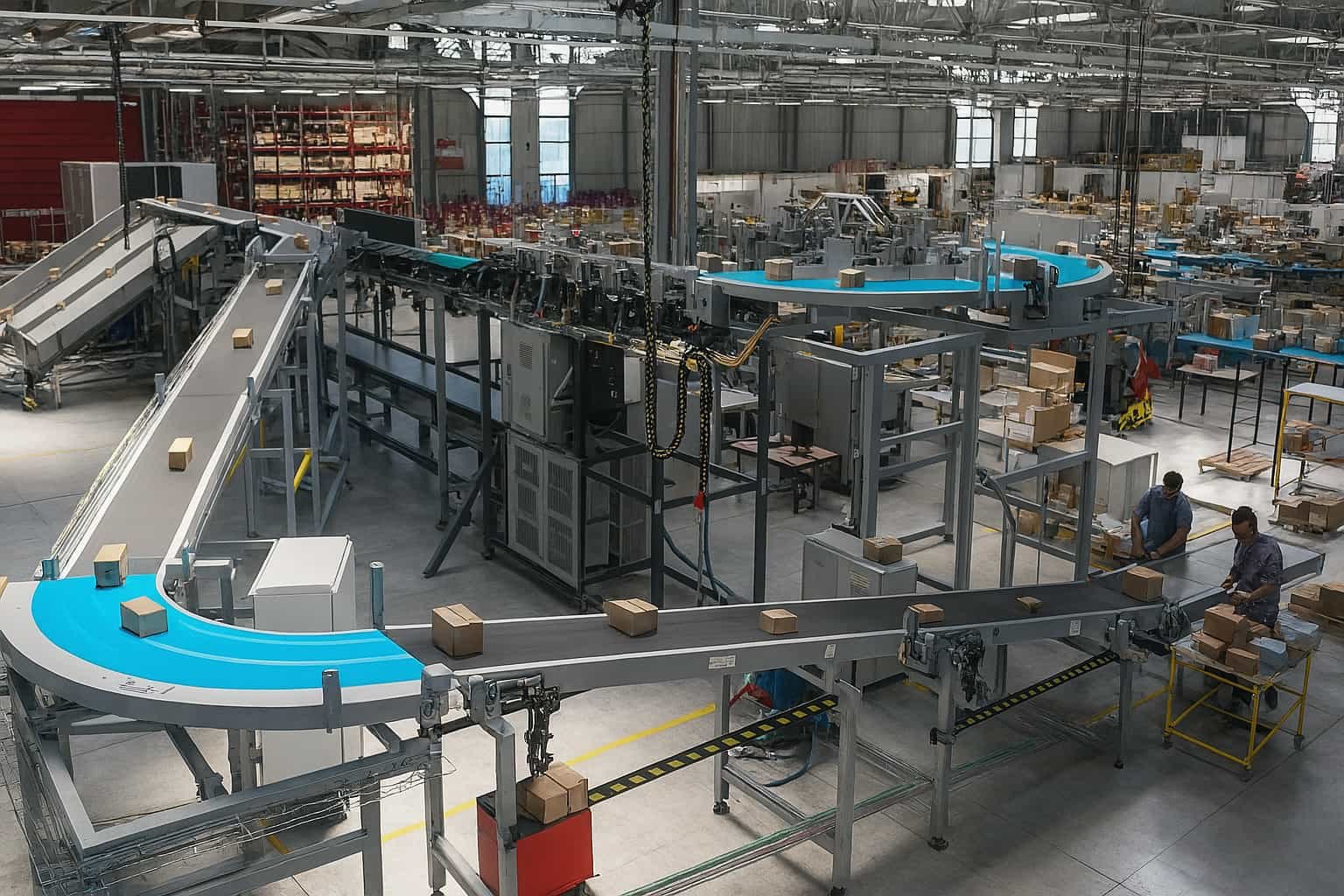
Key Considerations:
- Assess Current Throughput: Calculate your warehouse’s average and peak throughput. This helps in understanding the load the system must handle.
- Future Growth: Factor in anticipated growth to ensure the system remains effective as your business scales.
- System Capabilities: Compare different systems (conveyor belts, automated sorters, etc.) based on their throughput capacity.
- Scalability: Opt for systems that can easily scale up or down with your throughput needs.
- Integration: Ensure the system integrates seamlessly with your existing warehouse management system (WMS).
Example Systems:
- Conveyor Belts: Suitable for moderate throughput, offering flexibility and reliability.
- Automated Sorters: Ideal for high throughput, providing speed and accuracy.
- Robotic Sorters: Highly scalable and efficient for varying throughput levels.
By considering these factors, you can select a sorting system that meets your warehouse’s throughput requirements efficiently.

